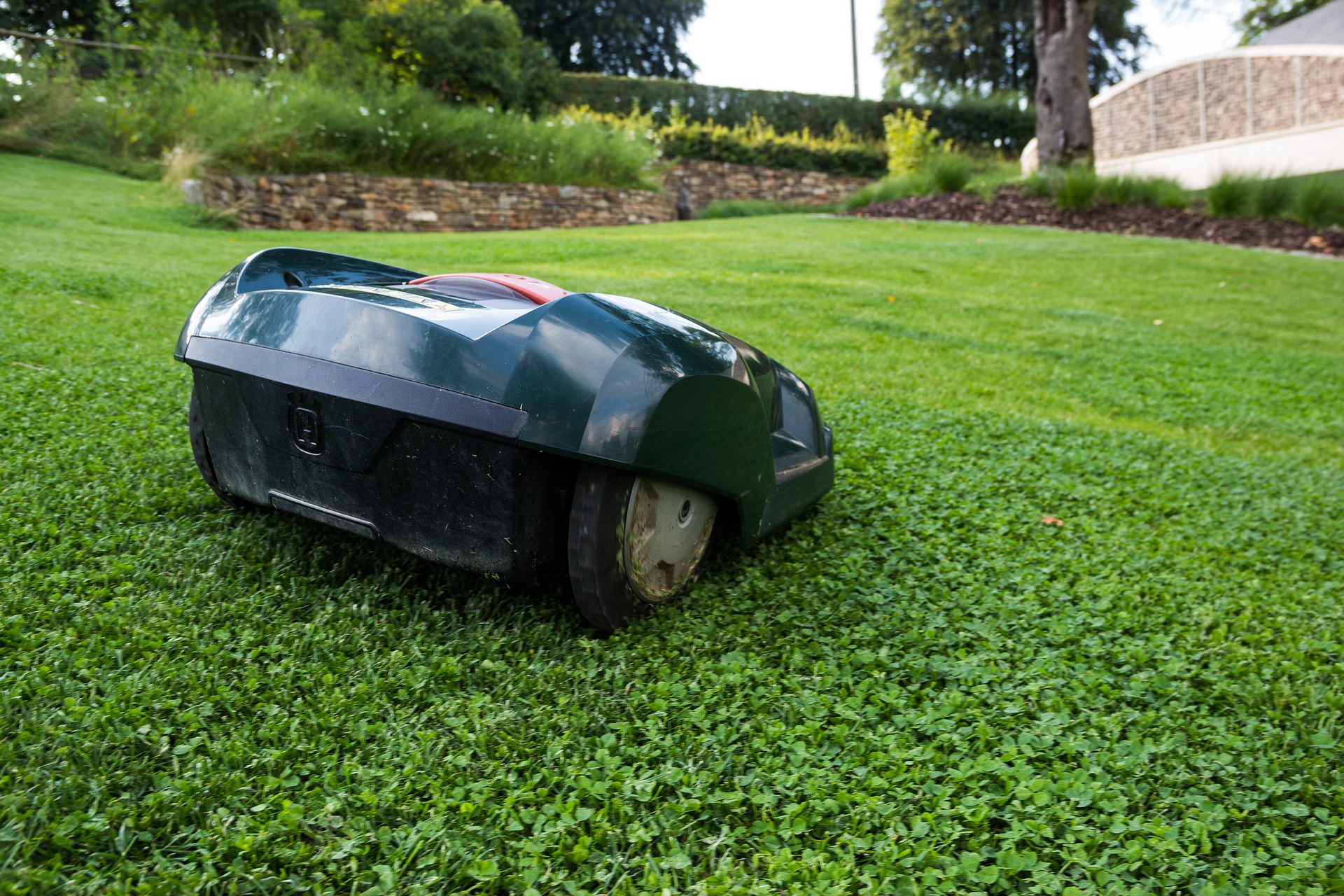Transform Your Yard: Wood Shredder Machines for Efficient Cleanup
Wood shredder machines help manage yard waste by turning branches and wood debris into mulch or compost. These tools are available in various sizes for residential or commercial use, making them ideal for landscaping, gardening, and efficient waste disposal.

Understanding Heavy-Duty Wood Shredders for Yard Cleanup
Heavy-duty wood shredders are designed to handle substantial amounts of yard debris with minimal effort. These robust machines feature powerful engines ranging from 6.5 to 15 horsepower, capable of processing branches up to 4 inches in diameter. The cutting mechanisms typically include hardened steel blades or hammer mills that pulverize organic material into uniform chips.
Professional-grade shredders often incorporate dual-stage processing systems that first cut large branches and then shred leaves and smaller debris. Many models include vacuum capabilities, collecting debris from lawns and garden beds before processing. Safety features such as emergency stops, protective guards, and anti-kickback mechanisms ensure safe operation during intensive yard cleanup sessions.
How to Choose the Right Wood Shredder Machine
Selecting an appropriate wood shredder requires careful consideration of your specific needs and property characteristics. Engine power serves as the primary determining factor, with electric models suitable for small properties and gas-powered units necessary for larger yards or commercial applications.
Consider the maximum branch diameter the machine can handle. Residential models typically process branches up to 2.5 inches, while commercial units accommodate 4-inch or larger material. Cutting system types vary between knife-blade systems, which produce fine mulch, and hammer mills, which create coarser chips suitable for pathways or erosion control.
Mobility features significantly impact usability. Self-propelled models reduce operator fatigue during extended use, while towable units work well for large properties. Hopper size affects workflow efficiency, with larger capacities reducing the frequency of emptying sessions.
Wood Shredder Machines for Home Use
Residential wood shredders prioritize user-friendliness, storage convenience, and versatility for typical homeowner needs. Electric models offer quiet operation, instant starting, and minimal maintenance requirements, making them ideal for suburban properties with noise restrictions.
Compact designs allow easy storage in garages or sheds, while folding hoppers and removable collection bags enhance portability. Many residential units feature interchangeable screens or adjustable settings to control output size, accommodating various garden applications from fine mulch to decorative bark chips.
Combination units that handle both shredding and chipping functions provide maximum versatility for homeowners dealing with diverse yard waste types. These machines seamlessly transition between processing leaves, small branches, and garden prunings in a single session.
Cost Analysis and Product Comparison
Wood shredder prices vary significantly based on power, features, and intended use. Understanding the investment required helps homeowners make informed purchasing decisions while considering long-term value and operational costs.
| Model Type | Brand/Provider | Engine Power | Max Branch Size | Price Range |
|---|---|---|---|---|
| Electric Residential | Sun Joe CJ603E | 15-Amp Electric | 1.7 inches | $180-220 |
| Gas Residential | Patriot CSV-2515 | 6.5 HP Gas | 2.5 inches | $800-950 |
| Heavy-Duty Gas | Brush Master CH4015 | 15 HP Gas | 4 inches | $2,200-2,800 |
| Professional Towable | Vermeer BC600XL | 35 HP Gas | 6 inches | $8,500-12,000 |
Prices, rates, or cost estimates mentioned in this article are based on the latest available information but may change over time. Independent research is advised before making financial decisions.
Maintenance and Operational Considerations
Proper maintenance ensures optimal performance and extends equipment lifespan significantly. Regular blade sharpening maintains cutting efficiency and reduces engine strain during operation. Most manufacturers recommend professional sharpening after 25-50 hours of use, depending on material processed and blade quality.
Engine maintenance follows standard small-engine protocols including regular oil changes, air filter cleaning, and spark plug replacement. Gas-powered models require fuel stabilizer during storage periods to prevent carburetor issues. Electric models need minimal maintenance beyond blade care and occasional cleaning.
Safety protocols include wearing protective equipment, maintaining clear work areas, and following manufacturer guidelines for material size limits. Never exceed recommended branch diameters, as this can damage cutting mechanisms and create safety hazards.
Environmental and Economic Benefits
Wood shredders contribute to sustainable yard management by reducing waste sent to landfills while creating valuable garden amendments. Homemade mulch retains soil moisture, suppresses weeds, and gradually decomposes to improve soil structure and fertility.
Economic benefits include eliminated disposal fees, reduced mulch purchases, and decreased lawn care maintenance through effective weed suppression. Many municipalities offer rebates or incentives for residents who compost yard waste, making wood shredders eligible for financial assistance programs.
The carbon footprint reduction achieved through local waste processing eliminates transportation emissions associated with commercial disposal services. This environmental benefit aligns with growing sustainability awareness among environmentally conscious homeowners.
Wood shredder machines represent valuable investments for property owners seeking efficient yard waste management solutions. By understanding available options, maintenance requirements, and operational benefits, homeowners can select appropriate equipment that transforms overwhelming cleanup tasks into manageable, productive activities while supporting environmental sustainability goals.




